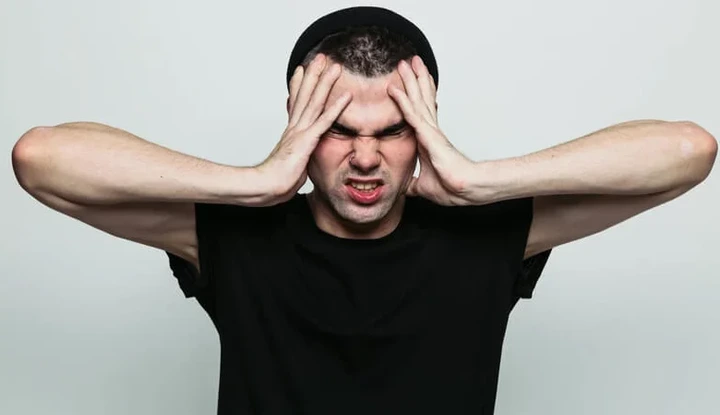What are the reasons for dizziness while standing and how to treat it?

Many people feel after sitting for a long time and then doing a great dizziness and glaze in the eyes, vinegar and other symptoms of “erectile hypotension” disease.
The main causes of this disease include:
-Anemia, or lack of red blood cells.
- Decreased blood volume.
-Load. - Heart disease and its valves.
-Diabetes. - Endocrine system diseases, such as thyroid diseases.
-Drought.
-Heating up the atmosphere.
-Reclining or clinical rest for a long time.
Parkinson’s disease.
Some drugs such as diuretics, blood pressure drugs, antidepressants. - Age progression.
- Taking alcohol or drugs with blood pressure drugs.
A new study recently found an effective treatment for this resulting rotor at no cost and without the use of medicines, by performing two simple muscle exercises.
Although the most common symptom of “erectile hypotension” is vertigo when standing after sitting or lying down, which usually lasts less than several minutes, the symptoms also include:
Blurry vision (glut), weakness, loss of consciousness (fainting), confusion, nausea.
In their study published in Heart Rhythm Journal, researchers reported that some simple muscle exercises before or after standing can reduce the effects of “erectile hypotension”, and act as a general preventive measure.
The study included 22 young women with a pathological history with “erectile hypotension”, and two exercises were tested: repeatedly lifting knees while sitting for 30 seconds before standing, crossing legs for 30 seconds after standing.
Researchers monitored participants’ heart rate and blood pressure during trials, with a time interval between heart rhythm and blood pressure, and participants were also asked to self-report any symptoms of “erectile hypotension”, including feeling dizzy.
The researchers found that both exercises made a significant difference in reducing temporary decreases in blood pressure and relieving symptoms of “erectile hypotension.”
Researcher Nazia Sheikh of the University of Calgary, Canada, says: “Because it is a physical manoeuvre, it simply requires lower limbs of the body, which patients can use anytime and anywhere to reduce symptoms.”





